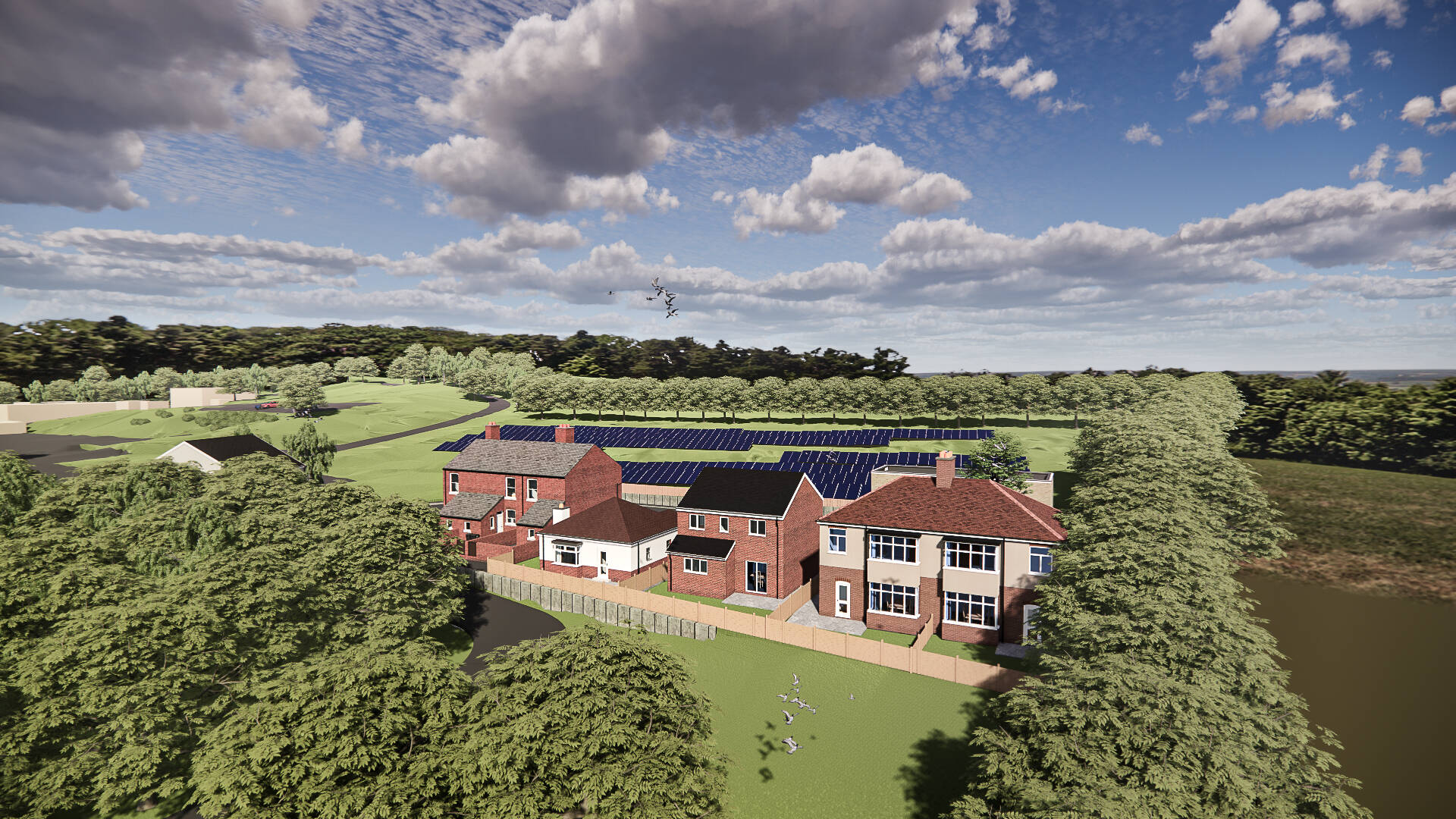You’ve reached your limit!
To continue enjoying Utility Week Innovate, brought to you in association with Utility Week Live or gain unlimited Utility Week site access choose the option that applies to you below:
Register to access Utility Week Innovate
- Get the latest insight on frontline business challenges
- Receive specialist sector newsletters to keep you informed
- Access our Utility Week Innovate content for free
- Join us in bringing collaborative innovation to life at Utility Week Live

Priya Vijayakumar, co-founder and CEO of IoT solution WattIQ, explains how utilities innovating to facilitate Uber and Airbnb-style sharing of equipment, devices and space by commercial and industrial customers can enable progress in energy efficiency and flexibility.
 The essence of energy flexibility is the ability to manage supply and demand, generating and using only what’s required. In the UK, this is a tough undertaking given the tremendous pressure on the country’s energy system due in part to a sharp rise in electric vehicles, for example.
The essence of energy flexibility is the ability to manage supply and demand, generating and using only what’s required. In the UK, this is a tough undertaking given the tremendous pressure on the country’s energy system due in part to a sharp rise in electric vehicles, for example.
The current energy crisis has only exacerbated the problem. While policy change is often touted as the best solution, we’re overlooking a critical, yet largely untapped area of energy flexibility – how to use energy intensive resources more efficiently.
Tackling energy inefficiencies, especially at commercial and industrial levels, can put us on the path toward true, longstanding energy flexibility and drive innovation in the UK. One potential route for getting there is through the sharing economy.
There is no exact definition for the sharing economy. According to the World Economic Forum, “the basic concept includes elements of the sharing of underutilised assets in ways that improve efficiency, sustainability, and community contributions.” These assets include not only equipment and devices, but also space – something tremendously underutilised throughout the EU and one of the greatest sources of intangible waste across the region.
 Collectively, 75% of buildings in the EU are energy inefficient. They are responsible for 40% of the region’s energy consumption (43% in the UK) and 36% of greenhouse gas emissions. These figures are likely higher, because energy efficiency is typically calculated in relation to building size (kWh/m2) and ignores utilisation.
Collectively, 75% of buildings in the EU are energy inefficient. They are responsible for 40% of the region’s energy consumption (43% in the UK) and 36% of greenhouse gas emissions. These figures are likely higher, because energy efficiency is typically calculated in relation to building size (kWh/m2) and ignores utilisation.

- Supporting customers through this winter and identifying emerging vulnerabilities are among the key themes at the Utility Week Forum, which will take place in London on 8-9 November. Find out more here.
Beyond Uber and Airbnb
Solving data blinds spots is a necessary first step to using existing resources more efficiently and opening the door toward the sharing of underutilised assets.
 Although the sharing economy is not a new concept, it has grown exponentially in the past decade due to digitalisation and cultural shifts in the ways we work and live. The most common examples are in the B2C space, with the likes of Airbnb and Uber.
Although the sharing economy is not a new concept, it has grown exponentially in the past decade due to digitalisation and cultural shifts in the ways we work and live. The most common examples are in the B2C space, with the likes of Airbnb and Uber.
But given today’s energy emergency, it’s time to start thinking beyond common assets like cars and real estate to more industry-specific and commercial assets that are energy intensive. In addition to finding and establishing platforms for companies to share assets which use enormous amounts of energy, space also needs to be factored into the equation.
There are already some viable B2B economic models emerging, particularly in biopharma. A number of companies and institutions have taken cues from B2C models and established flexible lab spaces that combine the sharing of space with the sharing of assets, usually a single set of equipment.
 While research centers and labs are sporadic in nature, they’re asset heavy and energy intensive – often consuming five-to-10 times more energy per square foot than office buildings. Faced with energy intensive ultra-low temperature freezers that can draw as much energy in one day as an entire home, to equipment utilisation rates that are lower than 20% on more than half of equipment, leading pharma companies are increasingly relying on equipment sharing to meet the growing demand for additional research space.
While research centers and labs are sporadic in nature, they’re asset heavy and energy intensive – often consuming five-to-10 times more energy per square foot than office buildings. Faced with energy intensive ultra-low temperature freezers that can draw as much energy in one day as an entire home, to equipment utilisation rates that are lower than 20% on more than half of equipment, leading pharma companies are increasingly relying on equipment sharing to meet the growing demand for additional research space.
The key technology evolution to enable this has been on two fronts. The first is the ability to monitor equipment utilisation in a plug-and-play manner for a very broad range of electrical equipment at a scale of thousands of devices in a building. Tech innovators have achieved this by applying AI and machine learning to electrical power data from equipment.
The second has been on the people occupancy front where the latest generation of sensors goes beyond presence monitoring and enables accurate people counting, social distance tracking and object detection.
Commercial real estate firm CBRE’s Integrated Lab Services, as an example, offers asset lifecycle management, support facilities, labs, manufacturing space, and critical environments for a broad range of companies – including biotech firms.
According to Paul Janssenswillen, head of scientific projects (EMEA) at CBRE, companies that have the greatest sharing culture are the ones who have already executed real-time occupancy and equipment utilisation studies.
Models to prevent underutilisation
It’s difficult to use analogies like Uber, Airbnb, and emerging flexible lab spaces and apply them to a complex industry like energy. But researchers and practitioners have already begun to explore how to transfer the principles and ideas of the sharing economy to the energy sector.
 For example, Northern Gas Networks’ creation of a Customer Energy Village as a test bed for new in-home net zero technology, and its promotion as a space for any organisation wishing to trial new and emerging innovation to move in, offers a potential model for shared, pan-utility, innovation space.
For example, Northern Gas Networks’ creation of a Customer Energy Village as a test bed for new in-home net zero technology, and its promotion as a space for any organisation wishing to trial new and emerging innovation to move in, offers a potential model for shared, pan-utility, innovation space.
Consequently, we must start thinking about shared asset models which prevent underutilisation, overconsumption, and align with today’s move toward a circular economy. Building on the sharing economy, underutilised spaces and building stock in the UK are opportunities for further innovation and a source of new jobs.
With an eye on reducing their own carbon footprint and promoting collaborative sustainability, industries such as biopharma provide a successful blueprint for other industries to follow. Utilities can get on board by facilitating their efforts.
Utility Week Innovate, in collaboration with Utility Week Live aims to discover and promote innovative approaches to tackle front line business challenges through case studies, technical/project studies, networking, and live content. Be recognised as a key solution provider and meet your target audience face-to-face at UWL23. Find out more about exhibiting
Please login or Register to leave a comment.